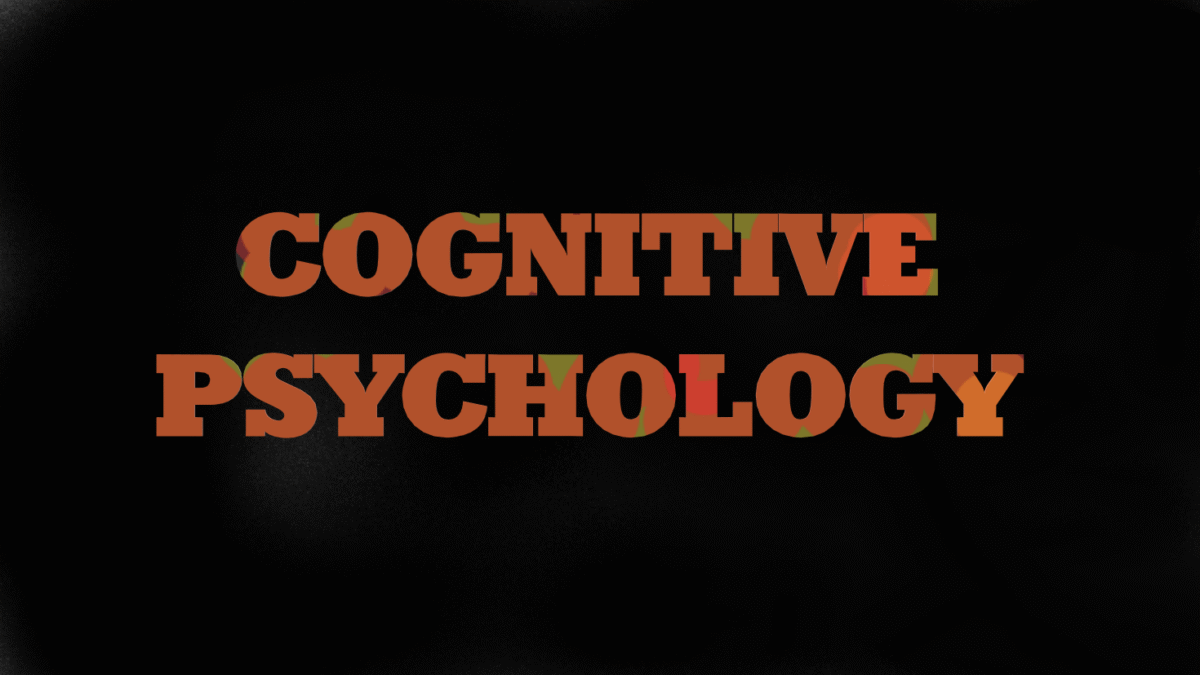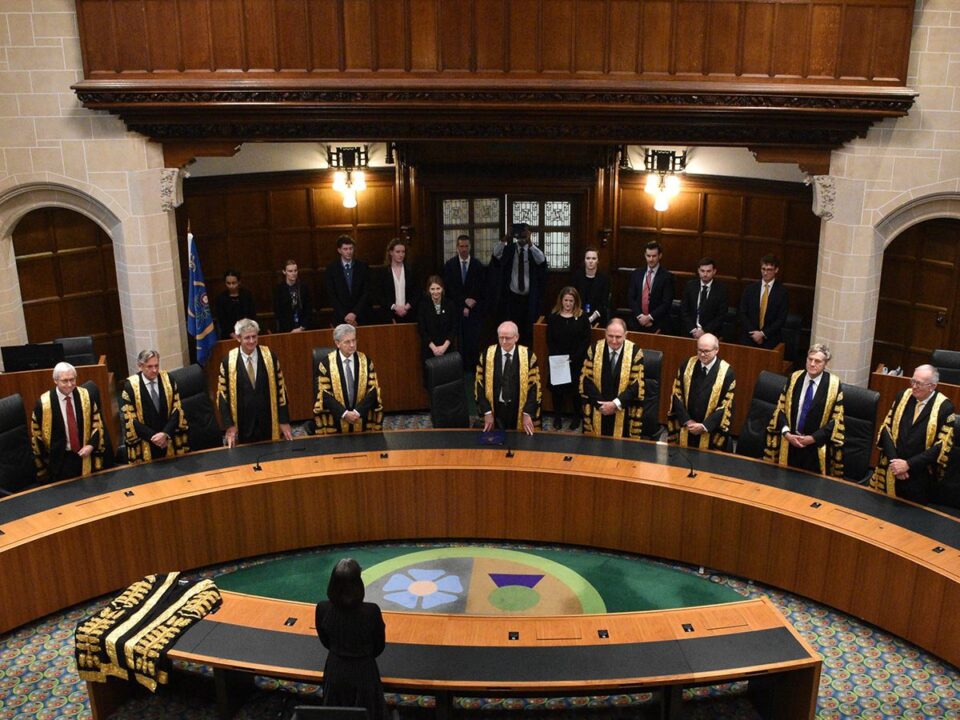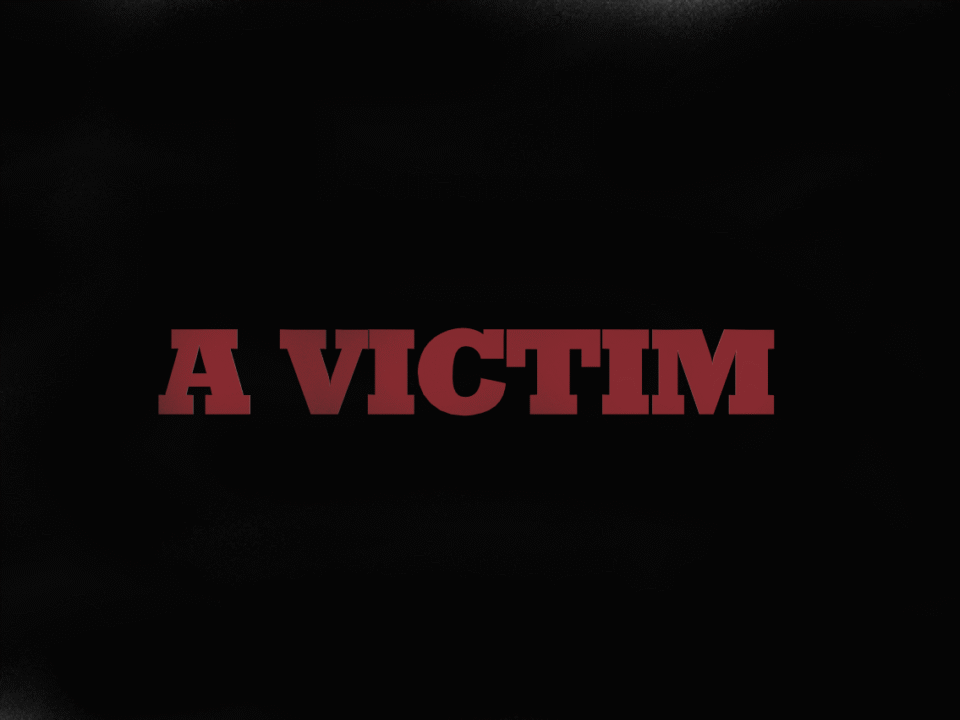Forensic Psychology
Ministry of Justice (2015c)
The high custodial rates for Black people seen in England and Wales are mirrored in the United States. Sakala (2014) highlighted that whereas Black people made up 13% of the population, they accounted for 40% of those incarcerated.
This compares with Whites (non-Hispanic) making up 64% of the population, but only 39% of those incarcerated. The US Bureau of Justice Statistics reported that Black people (African Americans) were more likely to receive a custodial sentence and that sentences were longer than the average (Rhodes, Kling, Luallen & Dyous, 2015).
In broad terms, mental health and the criminal justice sectors have similar patterns in so far as Black people are over-represented within them.
Literature that considers ethnic inequalities in the criminal justice system often suggest that racism plays a part at all stages, primarily arising from stereotyping.
Social inequality is linked to crime (see Chapter 8) and the fact that higher proportions of people from BAME come from poorer backgrounds means that they are more likely to be involved in criminal behaviour (Maguire, Morgan & Reiner, 2012).
Additionally, racist stereotypes are clearly involved in the targeting of BAME groups by the police and the ways in which BAME people are treated within the criminal justice system.
When considering criminal behaviour, it is helpful to hold in mind that the criteria for a crime is defined in a particular law. Society and politicians make choices about the actions are to be deemed as crimes (e.g. in regard to drug use).
The extent to which a crime is policed, enforced and punished is influenced by the feasibility of detecting the crime in the first place; culture and public attitudes; resources available and discriminatory policies and practice.
Criminality can therefore be understood not purely as behaviours of individuals who are ‘bad’ or who have done bad things, but rather as a set of relationships and choices with powerful and influential classes in the role of legislators, policymakers and media outlets (influencing culture and public attitudes).
This critique is based on what is referred to as the social construction of criminality (Gregoriou, 2012).
Psychological possibilities for change and improvement
The case example above illustrates cultural difference as well as possible unconscious bias. Though it is not possible to know everything about every culture and subculture, clinicians need to proactively engage with the individual in the context of their culture (Fernando, 2010).
Unfortunately, training on race and cultural diversity is often very slim on counselling and psychotherapy courses, and social inequalities also have a major impact on the kinds of people who can afford to undertake such trainings.
When working within an ethnically diverse setting it may benefit a counsellor or psychotherapist to have access to, and be capable of using, adapted versions of therapeutic techniques.
For example, Rathod et al. (2012) explore how CBT can be adapted to meet the needs of people from BAME groups in Britain. Miranda et al. (2005) also presents adaptations of CBT for minority ethnic women in America.
Think of the different ways you could identify yourself, for example, your age, your race, gender, nationality, faith/religion or sexuality.
Consider situations where different aspects of your identity have been more at the front of your mind.
How do these different elements intersect? For example, is your experience of being the gender you are impacted by your religion, cultural background or generation? Is your experience of your sexuality impacted by your age, gender or class?
Focusing on race and ethnicity poses a risk that other aspects of identity become overshadowed or even overlooked.
A woman of a BAME background may be a member of a sexual minority. This latter aspect of identity could be more to the fore for her, possibly as a result of the kind of discrimination she faces. Often discrimination stems from the combination of different aspects of identity.
For example, the discrimination faced by a Black bisexual woman will be different from that experienced by a White gay man. The study of intersectionality (a term coined by Kimberlie Crenshaw, 1994) is concerned with understanding the nature of multiple aspects of identity and discrimination (Walby, Armstrong & Strid, 2012).
In counselling it is vital for a psychologist to be mindful that someone may bring up experiences that relate to discrimination in relation to hitherto unexplored aspects of identity, and that different aspects of identity and experience interact and intersect.
Categories
This use of medical labels to categorise psychological states is both common and contentious. In principle, medical practitioners are trained to discern what is wrong with someone (‘diagnosis’) to estimate, with good reason, what originally caused the problem (‘aetiology’), how it then developed in their body (‘pathogenesis’) and what will happen to the problem with and without treatment (‘prognosis’).
This logic, heavily instilled in medical students as a form of professional authority and responsibility, tends to work best in relation to acute infections and sudden or gradual loss of physical and sensory functioning. Its advantage is that it guides good treatment for the problem specified (called ‘treatment specificity’).
As will be clear below, there has been much criticism of the application of this logic to psychological functioning. Some early critics of psychiatric diagnosis (Szasz, 1961) emphasised that it has no objective basis, such as a blood test or visible and measurable bodily signs.
Accordingly, these critics argued that a symptom-only basis for diagnosis (i.e. what the patient says and does) rendered a medical approach to psychological difference in society illegitimate.
Szasz talked of the ‘myth of mental illnesses. He was a psychiatrist and psychoanalyst and so emphasised that people had undeniable problems, i.e. conduct affecting themselves and others.
However, for Szasz these were ‘problems in living’, not illnesses or a function of a putative disease process inside the body of the identified patient. For Szasz the application of medical labels to psychological deviance was simply a form of mystifying and disparaging name calling.
For him, diagnostic psychiatrists were like the witch-finders of medieval Europe and so psychiatric patients were like modern-day witches. This critique led Szasz to argue that there were true illnesses, discerned by bodily signs and laboratory measures, and there were problems in living, which were then wrongly classified by psychiatry.
A difficulty with this dichotomisation from Szasz is that physical diagnoses can be imperfect too. For example, the diagnosis of Type 1 diabetes seems to be a clear-cut and successful case of the medical logic noted above.
However, while we understand the pathogenesis of diabetes, its aetiology remains uncertain. Take another example of muscular-skeletal problems. They too are often of uncertain aetiology, their untreated prognosis varies, and they lack treatment specificity; a range of treatments may be tried, even including anti-cancer agents.
Thus Szasz was correct to draw attention to the scientific weakness of psychiatric labelling, but he was wrong to assume that physical medicine is scientifically precise and coherent in all cases (Pilgrim, 2008).
Mentally ill criminals can also be treated within prisons.
In 1939 the East–Hubert Report recommended the creation of a special prison to provide psychological treatment designed to reduce the risk of reoffending. Special psychiatric wards were set up in prisons (Wormwood Scrubs 1946; Wakefield Prison 1947), and prison psychologists were introduced in 1950.
In 1962 Grendon Prison opened for prisoners with mental disorders considered responsive to treatment; a significant proportion of its population is made up of prisoners with personality disorders. HMP Grendon will be discussed in more detail in Chapter 19.
Mental health treatments have developed from cold water plunges and lobotomies to psychotropic drugs and talking therapies.
However, it should also be noted that there is still controversy over the diagnosis of mental health problems (Szasz, 1961) and the increase in prescription of psychiatric drugs (Moncrieff, 2003).
Furthermore, those who suffer from mental health issues can still find it difficult to receive treatment and may still feel stigmatised due to being labelled as having a ‘mental illness’ (Corrigan, 2004).
Many who have been prescribed medication can experience adverse effects that impair their quality of life (Haddad & Sharma, 2007).
Prisons have developed from places to hold prisoners to a means of punishment and have become regulated over the last couple of centuries to the present day.
Although it appears on the whole conditions have improved for prisoners, the prison system is currently experiencing significant problems of overcrowding, stretched resources and a high rate of repeat offending.
This seems to suggest that prisons are not always effective for rehabilitating offenders and reducing recidivism. In some cases, it appears that community sentencing under the gaze of the Probation Service can be more effective than short prison sentences.
The final part of the chapter examined the legislative and medical approaches to the risks posed by mental health issues in offenders. While some degree of risk assessment has always existed in forensic mental health decision-making, late 1990s proposals linked mental health provision and preventive detention for the first time, as part of a state-led response to the notion of dangerousness which culminated in the 2007 Mental Health Act.
Personality disorders are now recognised as among the most immediate challenges facing prison mental health services.
Reflection
How many times in the last week have you rolled your eyes or tutted at something someone has done? Have you ever had a reaction to something someone has done and then hoped that it wasn’t noticed (e.g. a frown in disgust)?
Sometimes we react to things without thinking. The idea of what is ‘normal’ is so much part of how we live that when someone acts in a way that seems ‘abnormal’ our responses are played out without us even thinking about it (see also Chapter 11).
This reflects unconscious bias which Greenwald and Krieger (2006) explain as mental processes (for example, memory, stereotyping, attitudes) which are outside people’s consciousness.
The consideration for professionals in mental health or criminal justice settings is not whether they hold biases, but the extent to which they are aware of them and seek to mitigate against them having a negative impact in their work. Prejudice arises from both conscious and unconscious bias.
Inequalities arise from individual and collective behaviours and attitudes that lead to unfair outcomes. Unconscious bias is therefore linked to institutional discrimination where shared and undetected biases become enshrined in policies and processes.
A detailed and analytical comparative study of the use of stop and search powers in relation to White and Black people in England identified that Black people were more likely to be stopped (Bowling & Phillips, 2007). In explaining these findings, the authors point to overt prejudice and stereotyping and also unconscious bias.
One form of unconscious bias is White privilege (Kendall, 2012). A telling example emerged in the aftermath of street protests in Ferguson, Missouri, in the United States following the fatal shooting of a young African American man by a White police officer.
At the time a White male political commentator explained that to avoid the charge of having a concealed weapon, he would immediately announce that he had a (licensed) gun and would open his jacket or lift his shirt to expose the weapon.
He said this in all seriousness without insight into his privilege. Sadly, in July 2016 when an African American man, Philando Castile, was stopped by the police while he was driving, Castile announced to the police officer that he had a gun in the vehicle.
He was asked for his driving licence and insurance papers and upon reaching for these Castile was shot dead by the police officer.
Race and ethnicity in counselling in a forensic setting
You will learn throughout this book that the quality of the relationship between the service user and counsellor in forensic services is critical to facilitating positive experiences and outcomes from treatment.
Once a therapeutic relationship is formed between the counsellor and the service user, all of the qualities that contribute to good engagement in any setting will be applicable.
However, Zach Eleftheriadou (2010), in his chapter ‘Cross-cultural counselling psychology’, reports that service providers often hold stereotypes that Black people are not suited to counselling.
Factors that will affect the quality and nature of relationships between a Black service user and a psychologist in a forensic context are: the impact of the restriction of liberty and compulsion.
the perspective of the service user about the impact of racism in their lives so far and how they integrate this into their current situation.
the impact of the visual representations of BAME people on both the service user and clinicians.
Complexity and open systems
Taking all the above into consideration, life and people are complicated and the eight points highlight a range of problems with digital logic, whether the latter is medical or legal in kind. The points pose an aggregating overall challenge for psychologists.
In the criminal justice system, psychologists operate in a culture in which both medical and legal digital reasoning are common, and they do work, after a fashion, within closed systems, where moral responsibility is assumed to be an all or nothing matter.
And yet, we all conduct ourselves with varying degrees of insight about our actions in ever shifting open systems over time and place. In those changing and varied circumstances, we are both determined and determining beings and the ratio between those components of being human varies over settings and across time for the individual being considered (Archer, 2000).
It is only by ‘othering’ a sub-group of humanity (in this case mentally disordered offenders) that an illusion is created of a different set of psychological processes applying to them rather than those who are sane by common consent.
But we have no evidence that this dichotomisation is either morally fair or scientifically valid. All the evidence is that psychological processes are common to us all, including those who commit offences and even those we deem to be criminally insane.
Holding on to an emphasis on psychological formulation, rather than diagnosis, is challenging but also important and fruitful if pursued consistently and in good faith in practice. For psychiatrists, as medical practitioners their training emphasises finding out what is wrong with people and how to treat that pathology. Psychologists are concerned instead with the interplay of causes and meanings in the lives of people. They ask overlapping questions.
What has happened to this person in their life? What sense do we make of that? How have they coped and survived? What strengths do they have to change for the better? (See Johnstone and Dallos (2013) for more of these questions.
Also the Division of Clinical Psychology in the British Psychological Society provides advice about how this stance is maintained (Division of Clinical Psychology, 2011 and 2013).)
Naming
One of the routine purposes of language is to name the world. Words have an inevitable and useful ‘indexical’ function – they point to some aspect of our shared experience to provide us with both confidence in our lives and a basis for communication with others.
What is the difference between naming people and naming objects in the world? Are some forms of naming of people validating and others invalidating (and maybe are some neither or both)?
Are different emotions and assumptions attached to some of our labels and not others? Do some groups have more power than others to offer their preferred form of naming?
What happens if names are offensive? Write down your thoughts on the naming of our world in different settings, when answering these questions.
When you have done this, think of a person you know with a mental health problem and make some notes for yourself about the role of diagnosis in his or her life.
Did the diagnosis help them or others? What consequences have there been for the person of receiving a diagnosis? Have third parties been helped by the diagnosis?
When looking at your responses you may have noted that labelling is sometimes anxiously sought and gratefully received and sometimes it is unhelpful and experienced as stigmatising (Angermeyer & Matschinger, 2003). Also, the identified patient may resent a diagnosis, but others may find it useful (Frese, 2010).
Psychopathy
The concepts of psychopathy and personality disorder are linked to two longstanding areas of debate: (1) where the boundary between the bad and the mad is difficult to identify, who determines criminal responsibility? (2) since the nature of the psychopathy makes patients dangerous, should they be confined to safeguard the public? If so, where – in a prison or a hospital?
The maladaptive behaviour pattern now known as ‘personality disorder’ has a long history. Early nineteenth-century psychiatrists believed that mental illness resulted from a derangement of one of three essential faculties: reason (intellectual understanding), emotion (feeling or empathy), and will (the ability to control thoughts and feelings) (Colaizzi, 1989).
Largely because of observed cases of violence, by the late 1820s there was a growing medical acceptance that a person might have normal intelligence but a warped personality which made it difficult or impossible to resist impulses.
In 1835 the term ‘moral insanity’ was coined to describe an affective form of this disorder, in which an individual’s emotions, but not their reason, were abnormal (Prichard, 1842).
By the twentieth century the emerging discipline of criminology had embedded the concept of moral insanity in the ‘psychopathic personality’, an illness identified by Victorian psychiatrists. Its symptoms of criminality, aggression, impulsivity and lack of remorse, compounded by intelligence, made patients dangerous. Interwar psychiatrists considered them responsible for their actions and psychopaths who committed crimes were imprisoned.
Preventive detention became an option under the 1959 Mental Health Act, which gave psychopaths both medical and legal status: ‘a persistent disorder or disability of mind … which results in abnormally aggressive or seriously irresponsible conduct … and requires or is susceptible to medical treatment’ (Mental Health Act 1959, s.4).
The Mental Health Act 1983 retained ‘psychopathic disorder’ but stipulated that treatment must be ‘likely to alleviate or prevent deterioration’. This permitted detention of remand prisoners and those with untreatable mental disorders, heralding the 1990s shift towards public protection.
The numbers detained under the legal category ‘psychopathic disorder’ were small, only 655 out of a total of 14,681 mental health detainees in England in 2006 (Forrester et al., 2008).
Policy debates about the care and disposition of mentally ill offenders were resolved in favour of preventive custody in the Mental Health Act 2007, which abolished the term ‘psychopathic disorder’ and excluded ‘personality disorder’, replacing them with a deliberately wide definition of mental disorder.
Moreover, the Act permitted detention if ‘appropriate medical treatment is available’, with no stipulation that the patient must benefit from it. Thus, patients may now be detained for public safety even in the absence of effective treatment (Glover-Thomas, 2011; McRae, 2015).
It remains to be seen whether the positive inferences of this change – improved access to assessment and appropriate treatment for personality disorder – will occur.
Given the prevalence of personality disorders in prisons, approximately 63% of the population in 2007, the development of personality disorder-specific services would significantly improve prison mental health services (Bradley Report, 2009).
Lorem ipsum dolor sit amet, consectetur adipiscing elit. Ut elit tellus, luctus nec ullamcorper mattis, pulvinar dapibus leo.
Lorem ipsum dolor sit amet, consectetur adipiscing elit. Ut elit tellus, luctus nec ullamcorper mattis, pulvinar dapibus leo.






